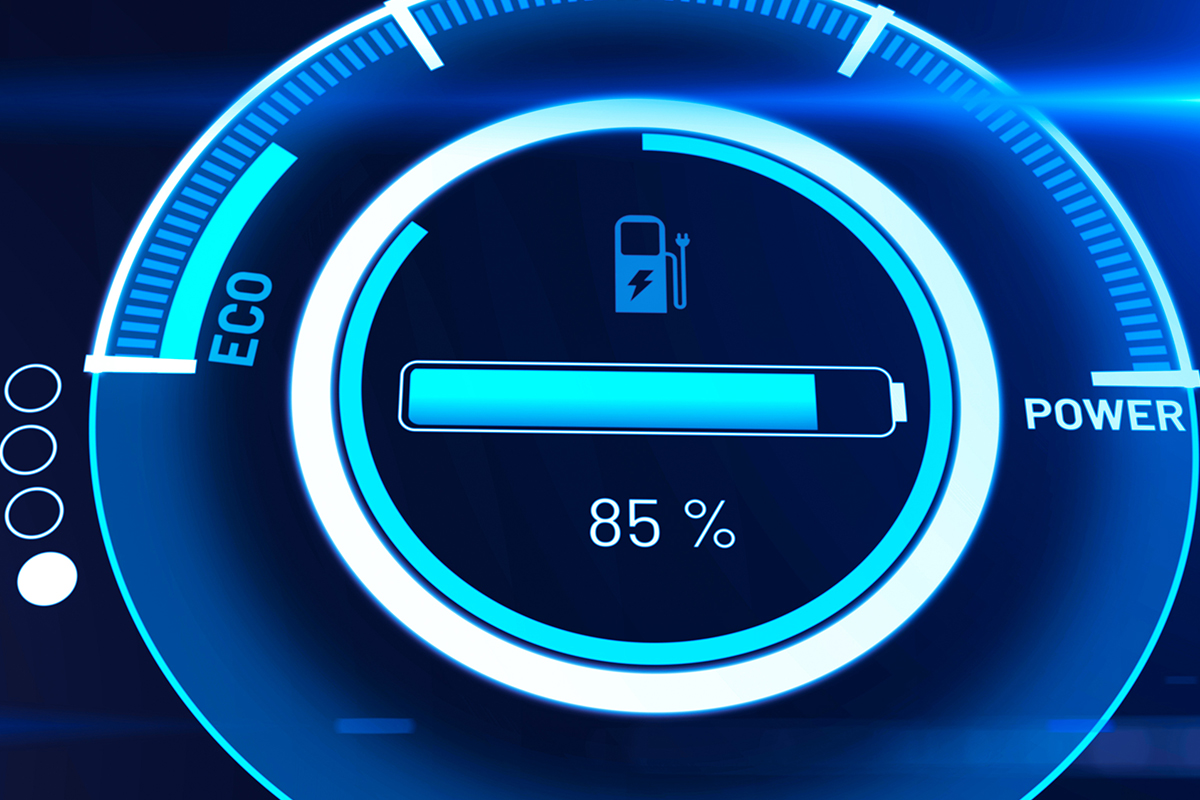In our countless conversations with customers, one thing continues to be clear: the increased opportunities from vehicle data will be a game changer in the years ahead. Data delivers not just one but rather a wide range of benefits spanning from diagnostics, planning, driver services, safety, downstream revenue and much more.
Yet, as the industry shifts towards software-defined vehicles (SDVs), it’s not all smooth sailing. Handling the growing quantity and needs of data is both a key benefit and a key challenge that OEMs face. Based on customer conversations, I believe there are three aspects of this challenge that need to be addressed:
Enabling continuous innovation is important
One of the promises of SDVs is the ability to react to changing vehicle needs that evolve over time. When discussing this topic with OEMs and tier-1 suppliers, some of them believe that enabling Over The Air (OTA) updates is all that’s required to enable such evolution. But, it’s much more complicated than that.
First, unless vehicles are built on a flexible foundation that enables reconfiguration of vehicle capabilities over time, then the ability to adapt to later requirements will be limited. Second, updating vehicle software is difficult and time-consuming, requiring planning and executing the software development, complex validation, and only then subsequent OTA. So while updating vehicle software via OTA is an important aspect of SDVs, it does not enable the kind of dynamic responsiveness needed to respond to emergent needs.
Consider for example an emergency braking system that is not operating properly. This year at CES 2024, we demonstrated, alongside leading cloud supplier AWS, how adaptive data collection coupled with rich real-time cloud data processing can help identify the problem in hours or days. Once diagnosed, the ultimate solution to the problem might be via an OTA update, but waiting weeks or months for an OTA just to diagnose the problem would inject unacceptable time that could lead to liability, loss of reputation, or injury.
To learn more and to see this demo of data collection with AWS cloud processing check out these resources:
- Sonatus advanced vehicle data collection integration with AWS presentation at CES 2024
- Sonatus Collector product demo
Improving operational efficiency means cutting across OEM silos
As data becomes more critical, it is essential to handle it efficiently and ensure reuse within the OEM and their downstream providers. In many vehicles on the road today that do leverage vehicle data, it is frequently the case that data from different subsystems such as ADAS, body, powertrain, battery, and so on are provided narrowly to their respective owning groups within the OEM. On its surface, this may seem a sensible division of labor that gets the respective groups the data they need to analyze their subsystems and improve them. Or is it?
The reality is that broader contextual awareness of how the vehicle is being driven is important, and the inter-dependencies between systems is growing. Siloed data ends up causing two significant problems, each as pernicious as the other. First, creating multiple smaller data sets or individual subsystems prevents holistic analytics that may be used for superior decision-making. Understanding driver behavior and vehicle performance outside of a siloed subsystem enables better optimization and a stronger result. Second, there is a huge inefficiency associated with collecting different data streams per subsystem. In some vehicles, there are multiple parallel pipes to the cloud, which increases the cost and complexity of handling data.
Instead of creating multiple disconnected single-purpose “data ponds” from a vehicle, our goal should be to create an intelligent “data lake” that can be accessed as a single source of truth from many groups across an OEM. Some leading OEMs such as Hyundai and BMW are embracing this trend, but many others are slow to shift to this richer approach.
Check out these episodes from The Garage podcast to learn more on this trend:
- AWS in Automotive with Stefano Marzani, Part 1 of 2
- AWS in Automotive with Stefano Marzani, Part 2 of 2
Optimizing upload, storage, and processing in the cloud is essential
Most OEMs are rapidly embracing the importance of cloud processing to solve a range of use cases. However, what is not yet universally understood is how to do so efficiently. Initial thinking might be to view the cloud as an infinite compute and boundless storage resource, but practical cost considerations quickly come to bear. Starting with LTE upload, high volumes of data quickly rack up a massive wireless bill that can be prohibitive. Of course, upload could be relegated to WiFi only, but with cars only intermittently connected to WiFi, this greatly limits the power of vehicle data. The fact is that some data needs to be uploaded over cellular networks to be useful, and so most cars have one or more LTE connections back to the OEM.
The cost considerations continue in the cloud. As discussed earlier, the benefits of creating a data lake instead of a data pond are indeed compelling. However, uploading data that will never be used will incur cloud storage costs and can become quite expensive. Finally, there is the question of cloud processing power needed to analyze data. If we start with a pile of unneeded data, it will require a massive amount of computation to look for the needle in the haystack. A far better approach is to strategically identify valuable types of data and targeted situations warranting data capture.
For example, it’s far more useful to capture high-resolution data near the reporting of a DTC (Diagnostic Trouble Code) fault code to provide more information for later analysis than it is to continuously data all the time when things are going well. Similarly, if there is an indication of a potential recall, it may be important to capture more data than usual but turn that capture off once the situation is understood. The ability to dynamically optimize the use of capture, cloud upload, storage and processing, are paramount to achieving an acceptable ROI on data.
Exploring these topics in more detail
These challenges cannot be ignored and there are many parts at play that need to be considered in order to find the right solution. Learn more how Sonatus Collector allows OEMs to address these challenges by instantly gathering precise vehicle data using lightweight collection policies to improve operational efficiency and further drive continuous vehicle innovations.
In the coming months, we will be exploring all of these topics more deeply and through different lenses to shed light on potential solutions and highlight how industry leaders are tackling them with success. I hope you will join us as we explore these topics in more detail.


